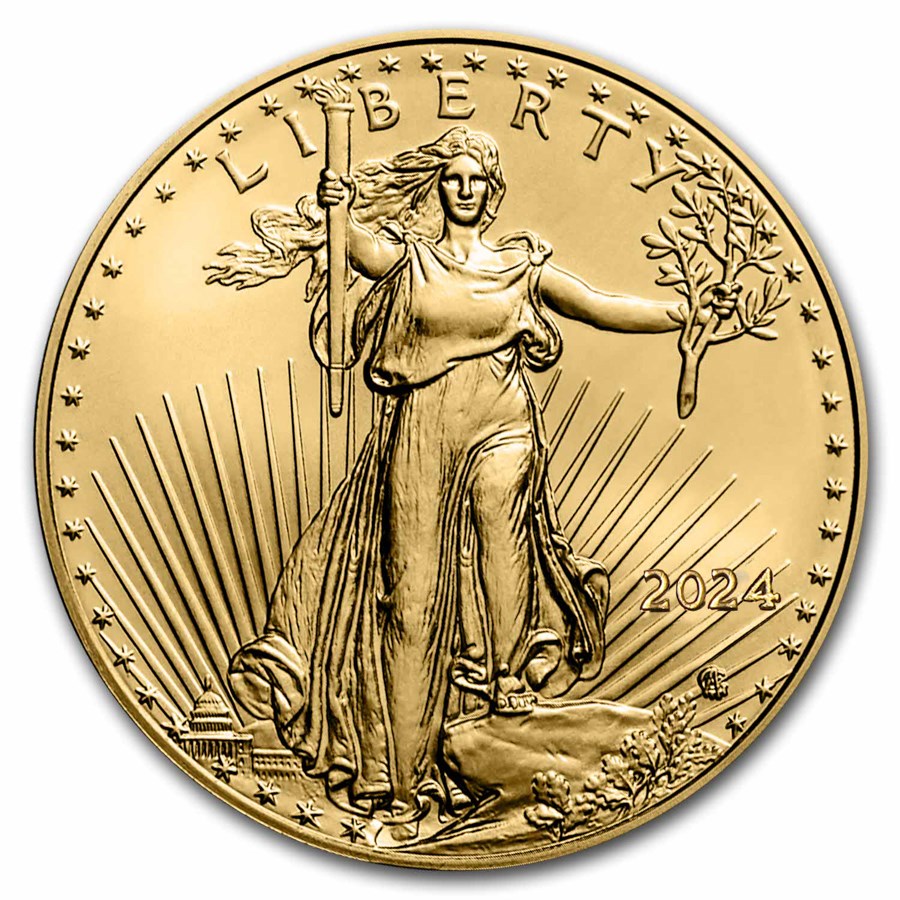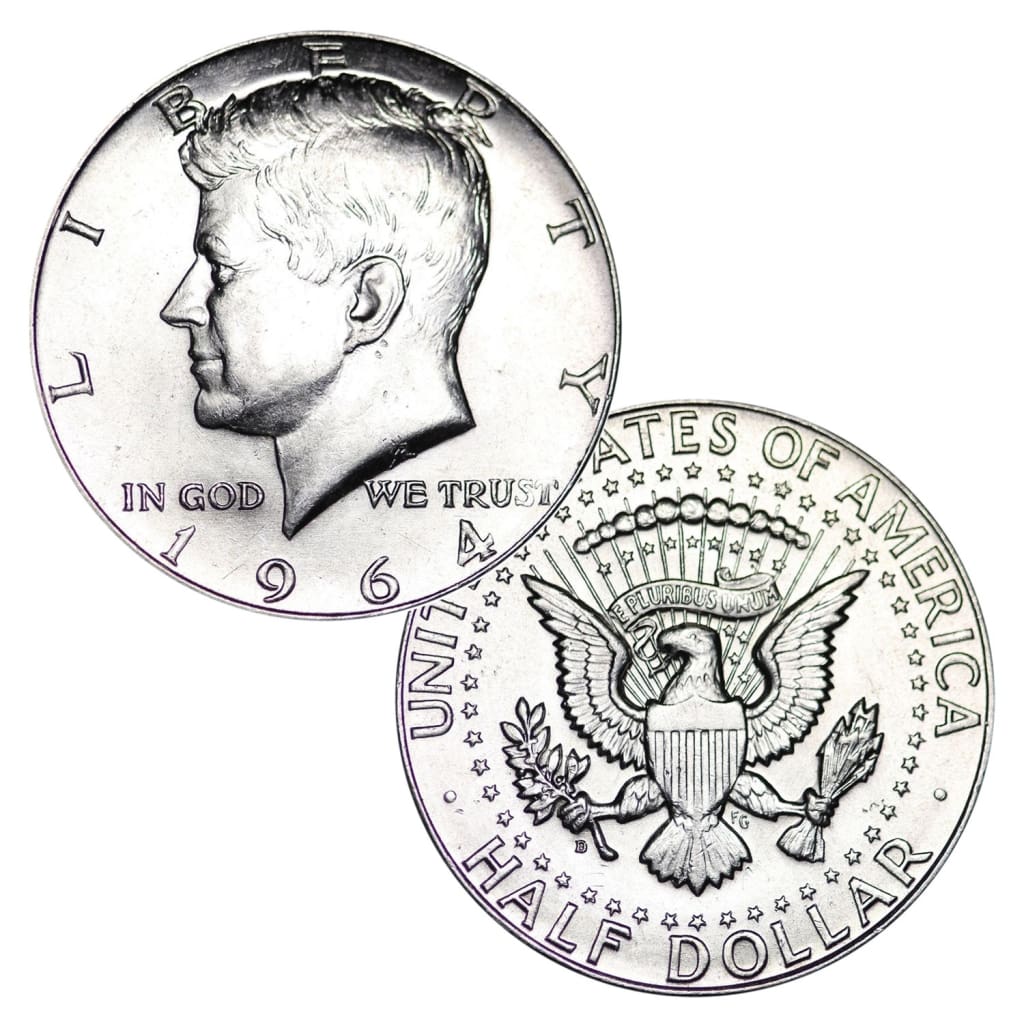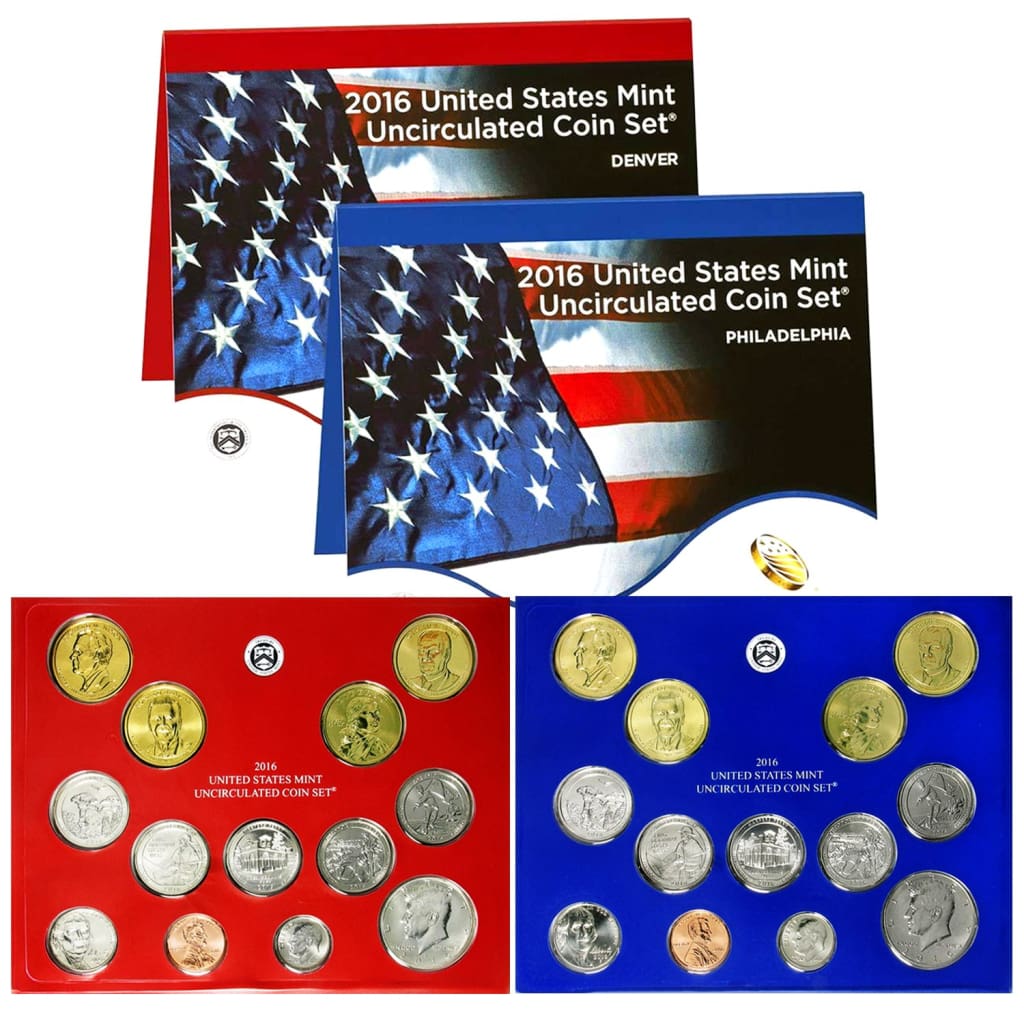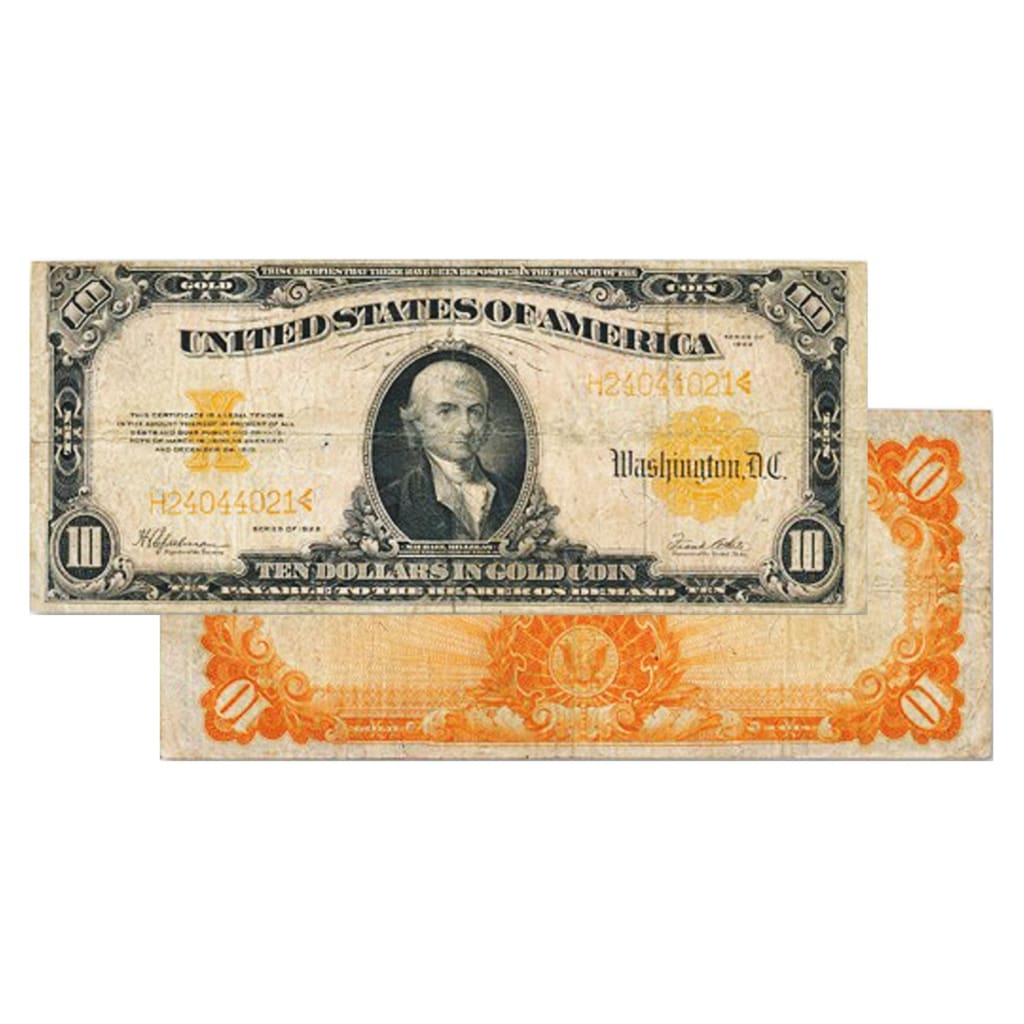How Gold and Silver Are Refined: From Ore to Bullion
Gold and silver have fascinated humanity for thousands of years, not only for their beauty but also for their rarity and enduring value. But before these precious metals become the bullion bars and coins that investors and collectors purchase, they must undergo an intricate refining process. Understanding how gold and silver are refined provides valuable insight into their scarcity, cost, and quality.
1. Mining and Extraction
Precious metals are typically found in ore, a mixture of rock, other minerals, and small amounts of gold or silver. Mining companies extract ore from open-pit or underground mines. Once mined, the ore is transported to processing facilities for the first stage of refinement.
- Hard rock mining: Uses drilling and blasting to access gold- and silver-rich veins.
- Placer mining: Extracts metals from riverbeds or sediment deposits.
- By-product mining: Collects gold and silver as secondary metals during the mining of other resources, such as copper or lead.
2. Crushing and Grinding
The ore is first crushed into smaller pieces and then ground into fine particles. This increases the surface area of the material, making it easier to separate precious metals from surrounding minerals.
3. Concentration
At this stage, the valuable metals are separated from non-metallic waste material (known as gangue). Techniques such as flotation, gravity separation, and magnetic separation help isolate gold and silver particles.
4. Smelting
Smelting involves heating the concentrated material to very high temperatures in a furnace. Chemical additives such as flux are used to bind with impurities, creating a slag that can be removed, leaving behind molten metal.
- Gold smelting: Typically involves fluxes like silica and borax.
- Silver smelting: Often uses lead as a collector metal in older methods, though modern processes avoid it.
5. Refining
Even after smelting, precious metals contain impurities that must be removed to reach investment-grade purity levels.
- Miller process: Uses chlorine gas to purify gold to around 99.5%.
- Wohlwill process: An electrolytic refining method that achieves 99.99% pure gold.
- Electrolytic silver refining: Uses an electric current to separate silver from impurities.
6. Casting into Bullion
Once refined to high purity, the molten metal is poured into molds to create bars or blanks for minting coins and rounds. Each piece is weighed, assayed, and stamped with identifying marks that include:
- Metal type (gold, silver, platinum, etc.)
- Weight (often in troy ounces)
- Purity (e.g., .999 or 99.99%)
- Mint or refinery hallmark
7. Why Refining Matters for Investors
Refining directly impacts:
- Purity and quality assurance: Ensuring that bullion meets global standards.
- Pricing: Higher purity commands higher premiums in the market.
- Trust: Hallmarked bullion from reputable refiners is easier to resell.
Final Thoughts
Gold and silver bullion do not simply come from the earth in the gleaming form you see in coins and bars. They undergo a complex, highly technical process that ensures purity and value. Understanding this journey from ore to bullion can help investors appreciate why precious metals are prized worldwide and how their refining adds intrinsic and market value.








